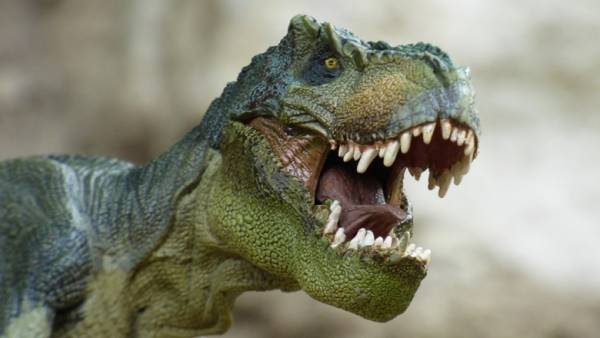Tyrannosaurus could not stick out his tongue
Based on the preserved anatomy of the bones, the scientists decided to find out how dinosaurs possessed his tongue. They came to the conclusion that the languages of ancient reptiles was not very mobile because of the structure of the hyoid bone. An article with the results published in the journal PLOS One.

The ability to control the muscles of the tongue is largely associated with hyoid bone, to which they are attached. In particular, it is thanks to her man can lick. In many movies depicting dinosaurs, dinosaurs are long and mobile tongues, literally sticking out of their mouths. “Languages are often overlooked, says lead author Jichen Li from the Chinese Academy of Sciences. — However, they provide key information about the lifestyle of extinct animals.”

In the new study, paleontologists compared the anatomy of the hyoid bone of the extinct dinosaurs, pterosaurs, and alligators with their modern relatives — the birds and the surviving alligators. As a result, they come to the conclusion that the dinosaurs were not able to poke their tongues — probably they are still located in the lower part of the mouth as in modern alligators.
“Reconstruction of languages for a long time was wrong, says co-author Julia Clarke of the University of Texas at Austin. — Most extinct dinosaur the bones of the language is very short. The members of the order crocodile with a similar anatomy of the tongues completely attached to the bottom of the oral cavity”.
However, the species that appeared later such as the pterosaurs and modern birds, have a much more mobile languages. This is achieved due to the large variety and increased the length of the hyoid bone. The authors put forward the hypothesis that the mobility of language was the result of the adaptation of the forelimbs into wings.